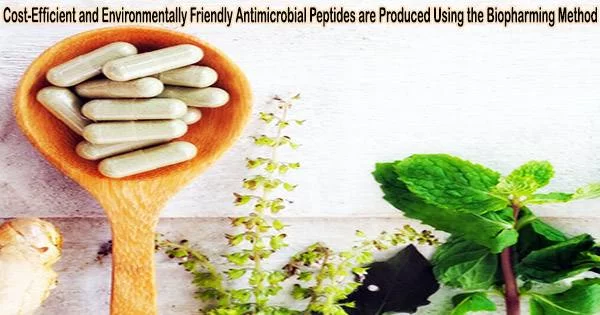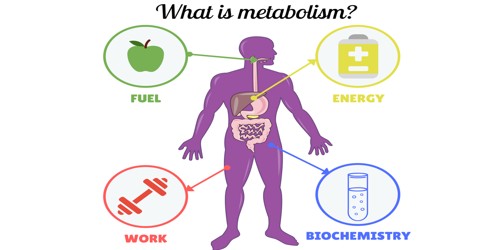Therapeutic peptide-producing plants may offer a low-cost and long-lasting platform for pharmaceutical production.
Researchers have induced Nicotiana benthamiana, a close relative of tobacco, to produce peptides with antibiotic action against some of the most dangerous pathogens known to medicine, as others had done in the past, as a proof of concept.
The scientists also altered their shrubs to express a rat enzyme called PAM that improves the stability and extends the activity of antimicrobial peptides, in contrast to earlier attempts to transform plants into drug-production bioreactors.
The resulting factories produced powerful pharmaceuticals that should be cheaper to produce than those generated using conventional methods. Additionally, they provided a more ecologically responsible method of assembling drugs.
“These plants can be grown on a massive scale, providing a reliable and cost-effective source of medicines for people around the world,” says bioengineering professor Magdy Mahfouz, who led the study.
“We now intend to use this technology to produce a wide range of biologics and therapeutics,” adds Shahid Chaudhary, a Ph.D. student in Mahfouz’s lab group and the first author of the new report.
Large-scale industrial production of therapeutic molecules in plants represents a significant step forward in the democratization of medicine. By harnessing the power of molecular biomanufacturing, we can now produce high-quality clinical-grade therapeutics at a fraction of the cost of traditional manufacturing methods.
Professor Magdy Mahfouz
The KAUST research team, which included bioengineers Charlotte Hauser and Samir Hamdan, along with microbiologist Pei-Ying Hong and collaborators from Canada, showed that antimicrobial peptides made in this way could kill several dangerous pathogens, including multiple drug-resistant superbugs responsible for some of the deadliest hospital-acquired infections.
The antibiotics also demonstrated their innocuity to mammalian cells, indicating that humans might safely consume them.
The researchers demonstrated that their plants were around 3.5 times more efficient at producing antibiotics than equivalent plants that do not have the PAM enzyme alteration, giving thought to the eventual deployment of the “biopharming” technology on a large scale.
They also totaled up all the costs associated with producing drugs and found that they could make 10 milligrams of clinical-grade antimicrobial peptides for less than $0.74 USD, which is significantly less than the ~$1000 USD cost of production in businesses that chemically synthesize peptides and considerably less than the cost of producing in mammalian cells.
Additionally, unlike other production platforms, plant-based medication manufacturing produces no hazardous waste, making it a far greener choice for the pharmaceutical sector.
Mahfouz and his colleagues next plan to make other types of therapeutics in the same way.
“Large-scale industrial production of therapeutic molecules in plants represents a significant step forward in the democratization of medicine,” Mahfouz says. “By harnessing the power of molecular biomanufacturing, we can now produce high-quality clinical-grade therapeutics at a fraction of the cost of traditional manufacturing methods.”
















